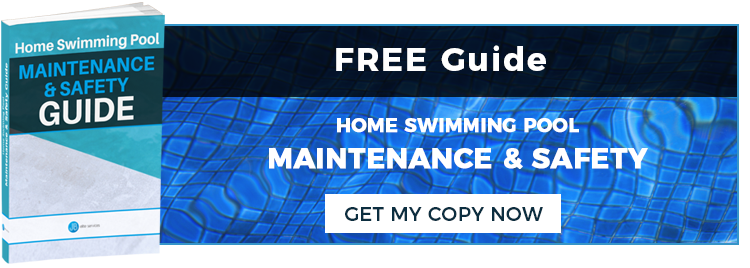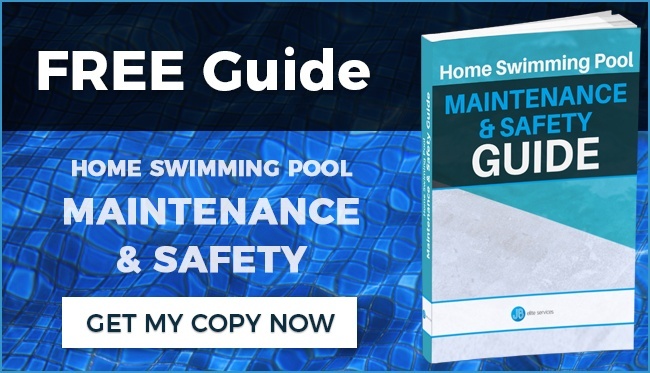.jpg?width=401&name=6718953911_09757de7f1_b%20(1).jpg) Preparing a pool for overwintering is called “winterising” and is a really important task for prolonging the life of your pool. Winter weather conditions in the UK are rarely drastic enough to create the depth of ice required to exert tremendous force against the pool walls but you never know what conditions this winter will bring.
Preparing a pool for overwintering is called “winterising” and is a really important task for prolonging the life of your pool. Winter weather conditions in the UK are rarely drastic enough to create the depth of ice required to exert tremendous force against the pool walls but you never know what conditions this winter will bring.
Regardless, just frost and icy weather have a negative weathering effect on pool structure, equipment and fittings, so it pays to take some simple precautions. It also makes it easier to prepare your pool in spring.
Advice From The Professionals
While all of the steps below can be done by you, there are circumstances when it is best (and easiest) to engage a professional swimming pool maintenance company like JB Elite to carry out these steps for you. A case in point would be where your pool has a water feature, such as a fountain, or maybe a heater, which may prove difficult to clear the water from.
It also pays dividends to have a full pool service and inspection carried out at least twice during the winter season (approximately late September to late April). The payoff is that any emerging issues during this period can be remedied quickly and expertly before they develop into a more serious and costly repair or renovation job.
The 6 Steps To Winterising Your Outdoor Swimming Pool:
One week before shutdown
1 – Treat the water a week beforehand to help prevent corrosion and algae build-up.
Using a test kit, ensure that your water sits within the recommended range for these:
- pH level should be between 7.2 and 7.6
- Alkalinity between 80 and 120 ppm
- Calcium between 175 and 250 ppm
Buy a winterising kit and add the contents to the water. Run the circulation pump for a few hours to ensure it is evenly distributed.
On the day of shutdown,
These tasks take perhaps around an hour or two. While one person alone can achieve everything, it is easier with two.
2 – Remove all removable fittings, such as ladders, handrails, diving boards and so on, and store them indoors.
3 –
- Clean the pool
- Get the pool as clean as possible. That means skimming, and vacuuming it if necessary, to ensure that as much as possible of any debris and dirt is removed so that it cannot act to deteriorate water quality.
4 –
- Lower the water level to 4-6 inches below the skimmer so that water does not get into it and possibly freeze.
- Turn off the filter system.
- Set the filter to Backwash.
- Set the valves to drain from the bottom of the deep end.
- Then switch on for about 3 minutes or until the sight glass is clear enough to see through.
- Shut off the filter system.
- Turn the multiport valve to Waste.
- Switch on the pump and drain the pool to just below the skimmer, say 4 to 6 inches.
5 -
Clear the water lines by blowing them out (this is where professional assistance may be the best option). You will need an air compressor or a blower, and a water vacuum.
- Remove all the return fittings and skimmer baskets.
- Remove all drain plugs from the filter system.
- Set the multiport valve to Recirculate.
- Turn the valve in front of the pump to the Skimmer line.
- Attach the air source to the pump’s drain opening on the pump and turn it on. This forces air through the return and skimmer lines.
- Starting with the skimmer, use a vacuum pump to remove the water that is being blown out until the skimmer is dry and then then plug it.
- Plug all the return lines / jets.
- Finally turn the valve in front of the pump to the main drain setting for about 1 minute to push the air that way so that bubbles rise up the deep end.
- Turn the valve back to the Skimmer position and switch off the air compressor.
- Put a plug inside the pump in case the valve leaks – not critical but a good idea.
- Now there should be no water left in any of the all the lines in the pool.
6 – Cover the pool
A winter cover is by far the best option, and a mesh cover is a good idea. There should be no spaces at the edges where debris could fall in. At a push, use an ordinary plastic cover, weighted down at the edges.
More Information
To find out more about getting your pool winter ready please download our free Home Swimming Pool Safety & Maintenance Guide, or give us a call to speak with one of our experienced staff.









